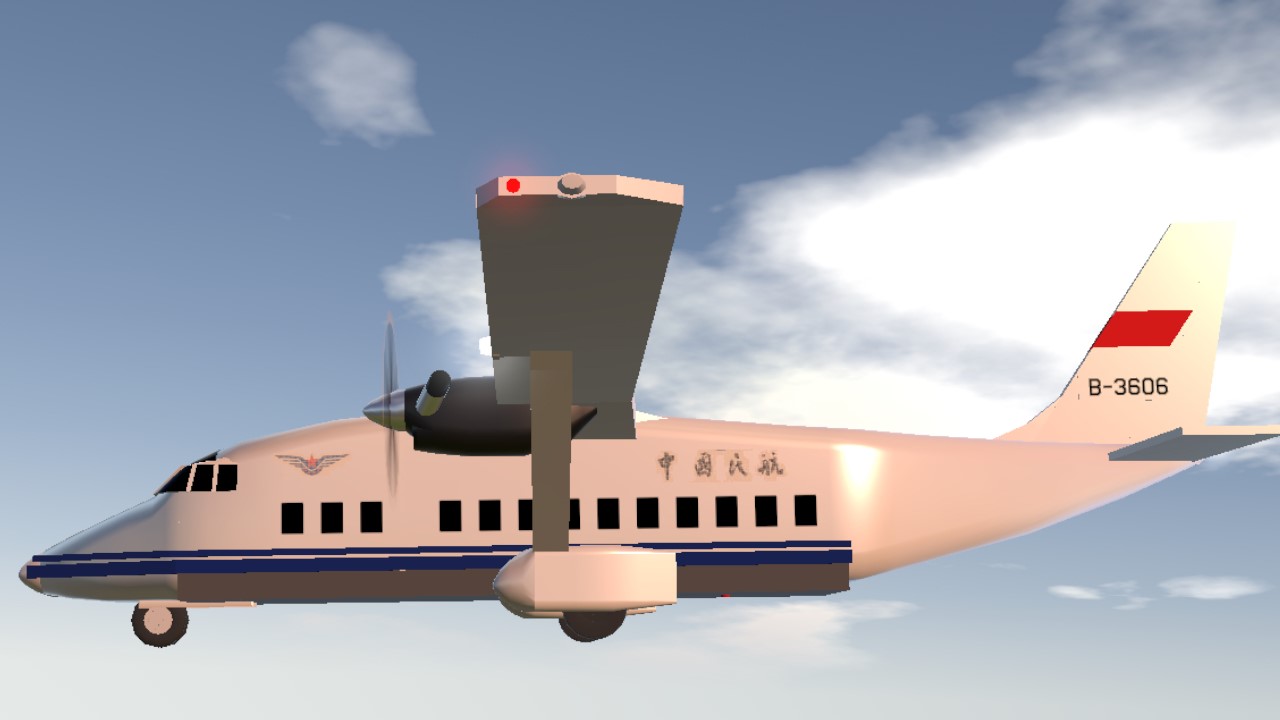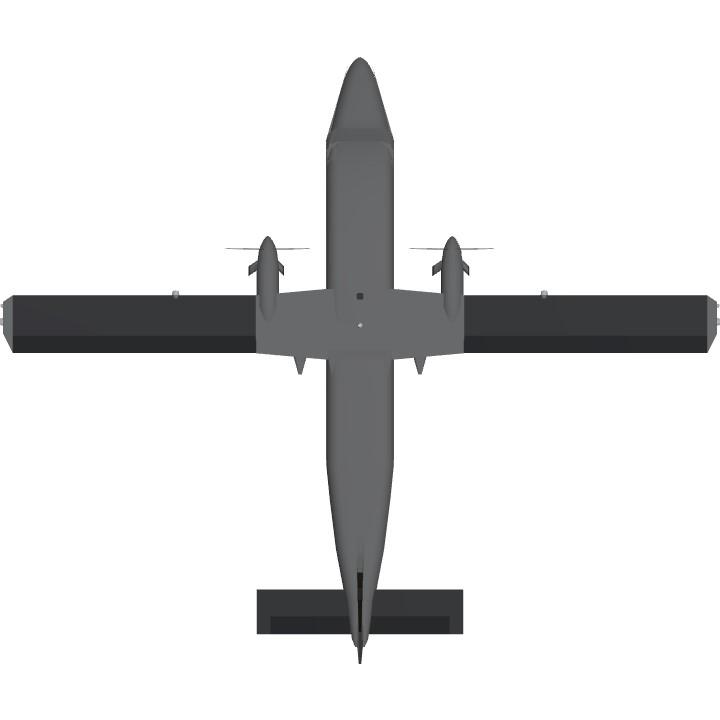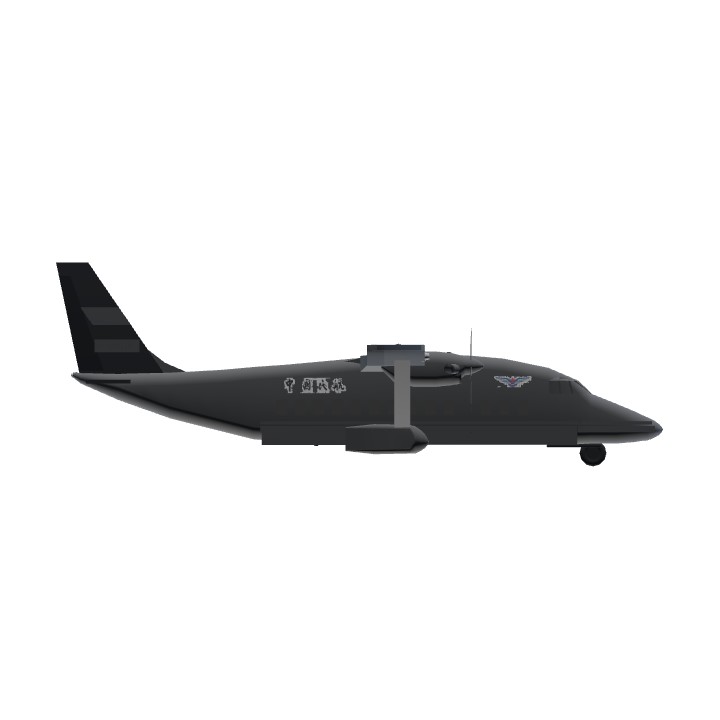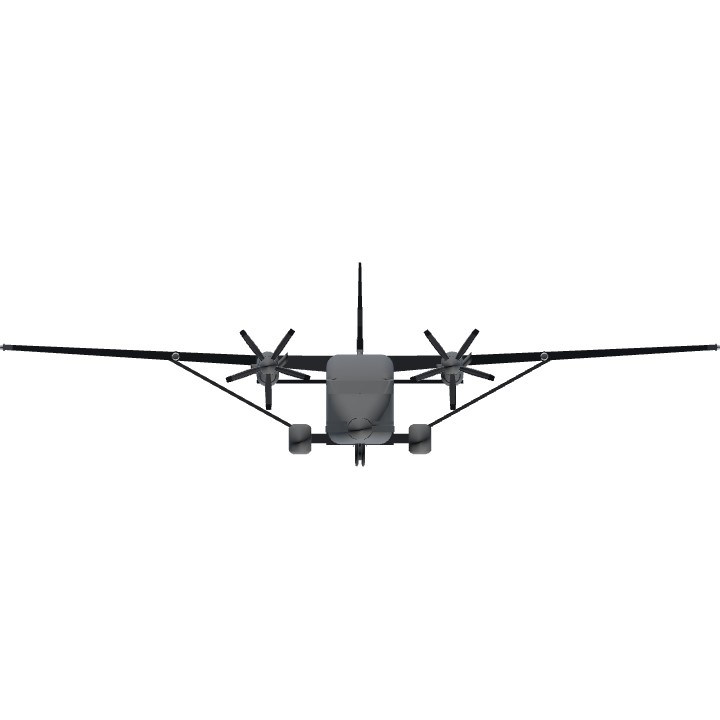About CAAC:
On November 2, 1949, the the Political Bureau of the Communist Party of China (CPC) Central Committee Conference decided to set up the Civil Aviation Administration under the People's Revolutionary Military Commission, under the guidance of the Air Force. On November 9th, Liu Jingyi and Chen Zhuolin, the general managers of China Airlines and Central Airlines, led a glorious uprising of their employees in Hong Kong, and led 12 planes back to Beijing and Tianjin, which provided certain material and technical strength for the civil aviation construction of new China. In 1950, when the new China civil aviation was founded, there were only over 30 small planes, with an annual passenger traffic of only 10,000 people and a total transportation turnover of only 1.57 million tons/km.
On February 27th, 1958, the State Council informed that the Civil Aviation Administration of China was placed under the leadership of the Ministry of Communications. On March 19th, 1958, the State Council informed that the 95th meeting of the NPC Standing Committee approved the State Council to change the Civil Aviation Administration of China into a subordinate bureau of the Ministry of Communications.
On November 17th, 1960, after discussion and approval in principle by the the State Council Organizing Committee, it was decided that the Civil Aviation Administration of China would be renamed "General Administration of Civil Aviation of the Ministry of Communications". It is a comprehensive general administration that manages the national civil aviation at the subordinate level, is responsible for the management of transport aviation and professional aviation, and directly leads the work of regional civil aviation administrations.
On April 13th, 1962, the 53rd meeting of the Second the NPC Standing Committee decided to change the name of the Civil Aviation Administration to "General Administration of Civil Aviation of China".
On April 15, 1962, the central government decided to change the General Administration of Civil Aviation from the Ministry of Communications to the Bureau directly under the State Council, and its business work, party and government work, and cadre and personnel work were directly under the management of the Air Force. During this period, due to several changes in the leadership system of civil aviation, the development of air transportation was greatly influenced by politics and economy. In 1978, the number of air passengers was only 2.31 million, and the total transportation turnover was 300 million kilometers.
The second stage (1978 -1987):
On October 9, 1978, Comrade Deng Xiaoping instructed civil aviation to be managed from an economic point of view. On February 14th, 1980, Comrade Deng Xiaoping pointed out: "Civil aviation must be enterprise-oriented". On March 5th of the same year, the government of China decided to separate civil aviation from the military establishment, and changed the Civil Aviation Administration of China from being subordinate to the Air Force to being directly affiliated to the State Council, and implemented enterprise management. During this period, the Civil Aviation Administration of China was a government department in charge of civil aviation affairs and a national enterprise directly engaged in air transport and general aviation business in the name of "China Civil Aviation (CAAC)". There are six regional administrations in Beijing, Shanghai, Guangzhou, Chengdu, Lanzhou (later moved to Xi 'an) and Shenyang. In 1980, there were only 140 transport aircraft in civil aviation, and most of them were Soviet-style Il-14 and Li-2 aircraft manufactured in 1950s or 40s, with only 20 or 40 passengers, and only 17 medium and large aircraft with more than 100 passengers. There are only 79 airports. In 1980, the annual passenger traffic of China civil aviation was only 3.43 million; The total annual transportation turnover was 429 million tons kilometers, ranking 35th in the world's civil aviation after Singapore, India, the Philippines and Indonesia.
The third stage (1987 -2002):
In 1987, the government of China decided to reform the civil aviation industry, which was characterized by the separation of airlines and airports. The main content is to separate the air transport and general aviation-related businesses, assets and personnel from the original six regional civil aviation administrations of Beijing, Shanghai, Guangzhou, Xi 'an, Chengdu and Shenyang, and set up six national backbone airlines to operate independently, be responsible for their own profits and losses and compete on an equal footing. The backbone airlines of these six countries are: China International Airlines, China Eastern Airlines, China Southern Airlines, Southwest China Airlines, Northwest China Airlines and China Northern Airlines. In addition, China General Airlines, which is mainly engaged in general aviation business and concurrently engaged in air transportation business, was also established in July 1989.
At the same time of establishing backbone airlines, on the basis of the original airports where Beijing Administration, Shanghai Administration, Guangzhou Administration, Chengdu Administration, Xi 'an Administration and Shenyang Administration are located, six regional administrations of civil aviation in North China, East China, Central South, Southwest China, Northwest China and Northeast China, as well as Beijing Capital Airport, Shanghai Hongqiao Airport, Guangzhou Baiyun Airport, Chengdu Shuangliu Airport, Xi 'an Xiguan Airport (now moved to Xianyang Airport in Xi 'an) and Shenyang Taoxian Airport were established. The six regional administrations are not only government departments and enterprises that manage regional civil aviation affairs, but also lead and manage civil aviation provincial (autonomous regions and municipalities) bureaus and airports.
The air transport service guarantee system has also been reformed according to the requirements of specialized division of labor. In 1990, China Aviation Oil Corporation was established on the basis of the original civil aviation oil supply departments at all levels, which specializes in aviation oil supply guarantee business. The company provided oil supply to airlines through its branches at various airports. Units of this nature include China Aviation Equipment Company, which is engaged in the import and export business of aviation equipment (aircraft, engines, etc.); Computer information center engaged in the management and development of national computer booking and sales system; An aviation settlement center that provides international settlement services for air transport for airlines; And aircraft maintenance companies, aviation food companies, etc.
On April 19th, 1993, the Civil Aviation Administration of China was renamed the General Administration of Civil Aviation of China, which is directly affiliated to the State Council. On December 20th, the institutional specifications of the Civil Aviation Administration of China were adjusted from vice ministerial level to full ministerial level.
Over the past 20 years, the total turnover of China's civil aviation transportation, passenger traffic and cargo traffic have increased by 18%, 16% and 16% respectively, which is more than twice the world average. In 2002, the total transportation turnover of the civil aviation industry was 16.5 billion tons kilometers, the passenger transportation volume was 85.94 million, and the cargo and mail transportation volume was 2.02 million tons. The international ranking further rose and it became a remarkable civil aviation country.
The fourth stage (2002-):
In March, 2002, China government decided to reorganize the civil aviation industry in China again. The main contents are:
1. Joint reorganization of airlines and service guarantee enterprises The airlines and service guarantee enterprises directly under the General Administration of Civil Aviation were formally established on October 11th, 2002, and formed into six groups, namely: China Aviation Group, China Eastern Airlines Group, China Southern Airlines Group, China Civil Aviation Information Group, China Aviation Oil Group and China Aviation Equipment Import and Export Corporation. After the establishment, the group company was decoupled from the Civil Aviation Administration of China and handed over to the central management.
(2) Reform of civil aviation government supervision institutions: seven regional administrations (North China Administration, Northeast Administration, East China Administration, Central South Administration, Southwest Administration, Northwest Administration and Xinjiang Administration) and 26 provincial safety supervision and management offices (Tianjin, Hebei, Shanxi, Inner Mongolia, Dalian, Jilin, Heilongjiang, Jiangsu, Zhejiang, Anhui, Fujian, Jiangxi, Shandong, Xinjiang) under the General Administration of Civil Aviation.
13. Territorial management of airports According to the principle of separation of government from enterprise and territorial management, 90 airports were reformed in territorial management, and the airports directly managed by CAAC were decentralized to the provinces (autonomous regions and municipalities) where they are located, and the related assets, liabilities and personnel were transferred together; Civil airports and military-civilian airports jointly managed by CAAC and local governments shall be transferred to the provinces (autonomous regions and municipalities) where the assets, liabilities and related personnel are managed by CAAC. Capital Airport and civil airports in Tibet Autonomous Region will continue to be managed by CAAC. On July 8, 2004, with the handover of Gansu Airport to local authorities, the reform of airport localization management was completed in all aspects, which also marked the complete reform of civil aviation system.
On October 2, 2004, at the 35th General Assembly of the International Civil Aviation Organization, China was elected as the first class member of the organization by a high vote.
In 2004, the total transportation turnover of the civil aviation industry was 23 billion ton-kilometers, the passenger transportation volume was 120 million, the cargo and mail transportation volume was 2.73 million tons, and the general aviation operation was 77,000 hours. By the end of 2004, there were 1,200 scheduled flights in China, including 975 domestic routes (including Hong Kong and Macao routes), 225 international routes and 133 domestic airports (excluding Hong Kong and Macao), forming a hub with airports in Beijing, Shanghai and Guangzhou as the center, airports in provincial capitals and tourist cities as the hub, and airports in other cities as the branches, connecting 127 domestic cities. The scale of the civil aviation fleet is constantly expanding. By the end of 2004, China Civil Aviation had 754 transport aircraft, including 680 large and medium-sized aircraft, all of which are the most advanced aircraft in the world. In 2004, the total turnover of civil aviation transportation in China reached 23 billion tons kilometers (excluding Hongkong, Macao Special Administrative Region and Taiwan Province Province), ranking third among the 188 contracting States of ICAO. [2]
In 2009, 33 safety supervision and management offices were upgraded to safety supervision and management bureaus: [5]
On September 18, 2017, Zhu Tao, Deputy Director of Fei Biao Department of Civil Aviation Administration of China, said. The Civil Aviation Administration has revised relevant regulations and formulated corresponding evaluation methods, allowing airlines to use certain types of electronic equipment on flights according to the evaluation results. [3]
On October 13, 2017, the Civil Aviation Administration of China and the aircraft accident investigation departments of ASEAN countries signed a memorandum of understanding on aircraft accident investigation cooperation during the 23rd ASEAN Transport Ministers' Meeting and related meetings between ASEAN and China, Japan and South Korea. [6]
Specifications
Spotlights
- CCCP0000001 1.3 years ago
General Characteristics
- Predecessor Short 360-200
- Created On iOS
- Wingspan 92.1ft (28.1m)
- Length 77.5ft (23.6m)
- Height 30.1ft (9.2m)
- Empty Weight 14,574lbs (6,610kg)
- Loaded Weight 20,166lbs (9,147kg)
Performance
- Horse Power/Weight Ratio 0.247
- Wing Loading 27.9lbs/ft2 (136.1kg/m2)
- Wing Area 723.5ft2 (67.2m2)
- Drag Points 8881
Parts
- Number of Parts 128
- Control Surfaces 7
- Performance Cost 571





下载下来,然后你会发现这是一个贴纸(文本框)@Cecilia350
想问问中国民航几个字是怎么做的(
小 方 盒